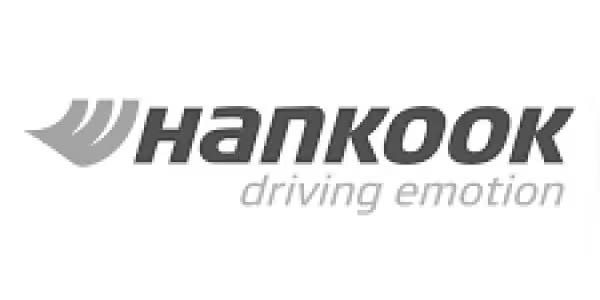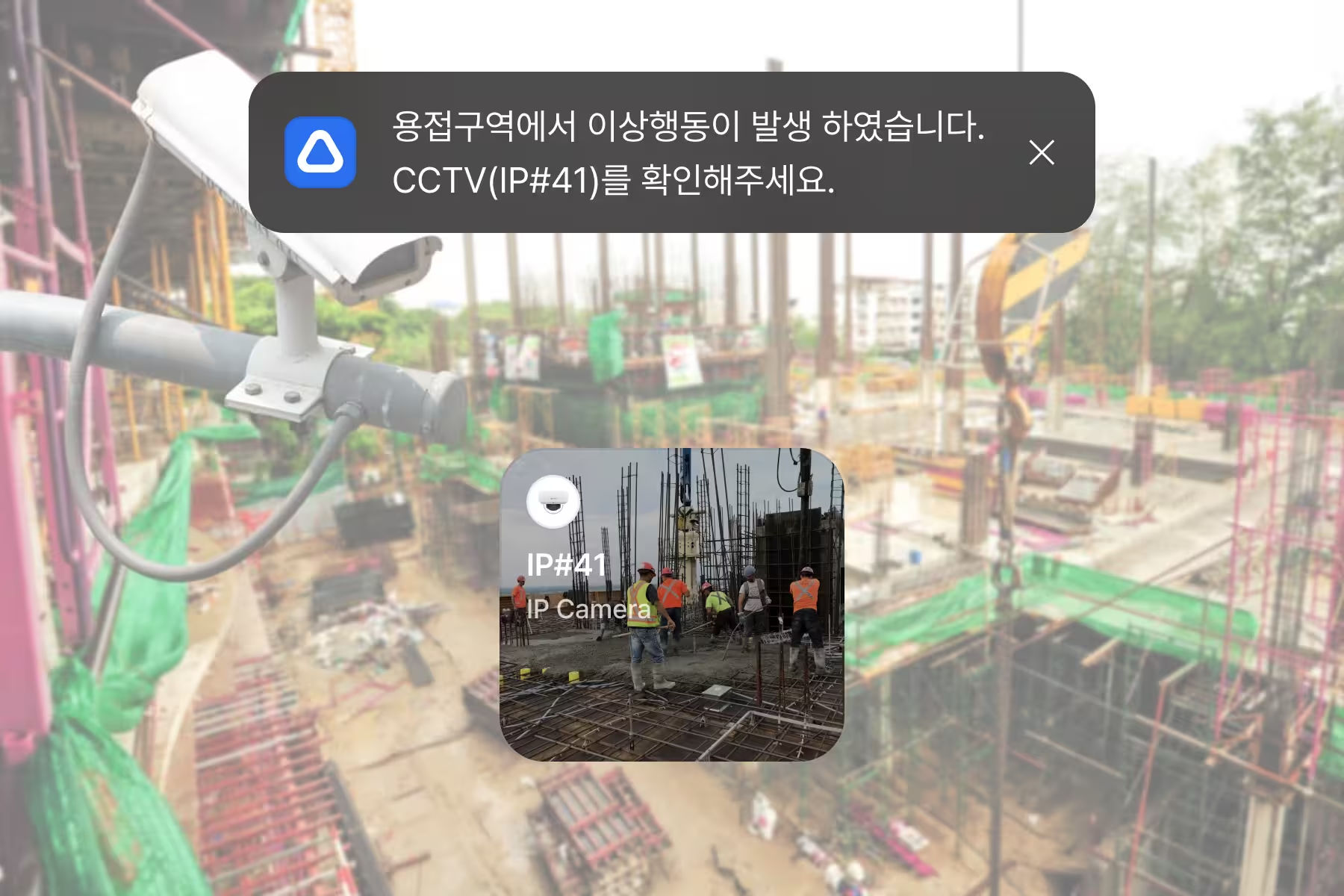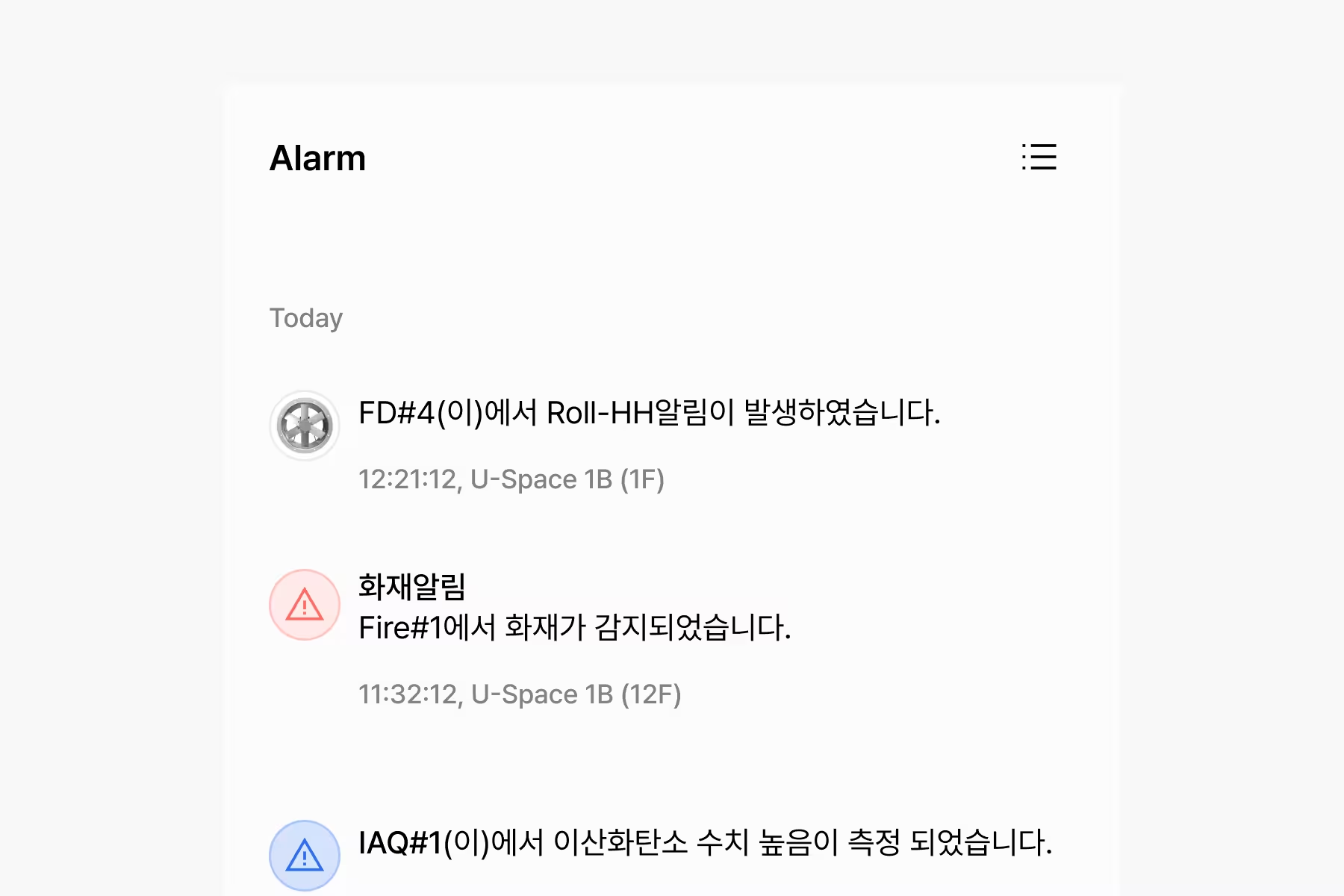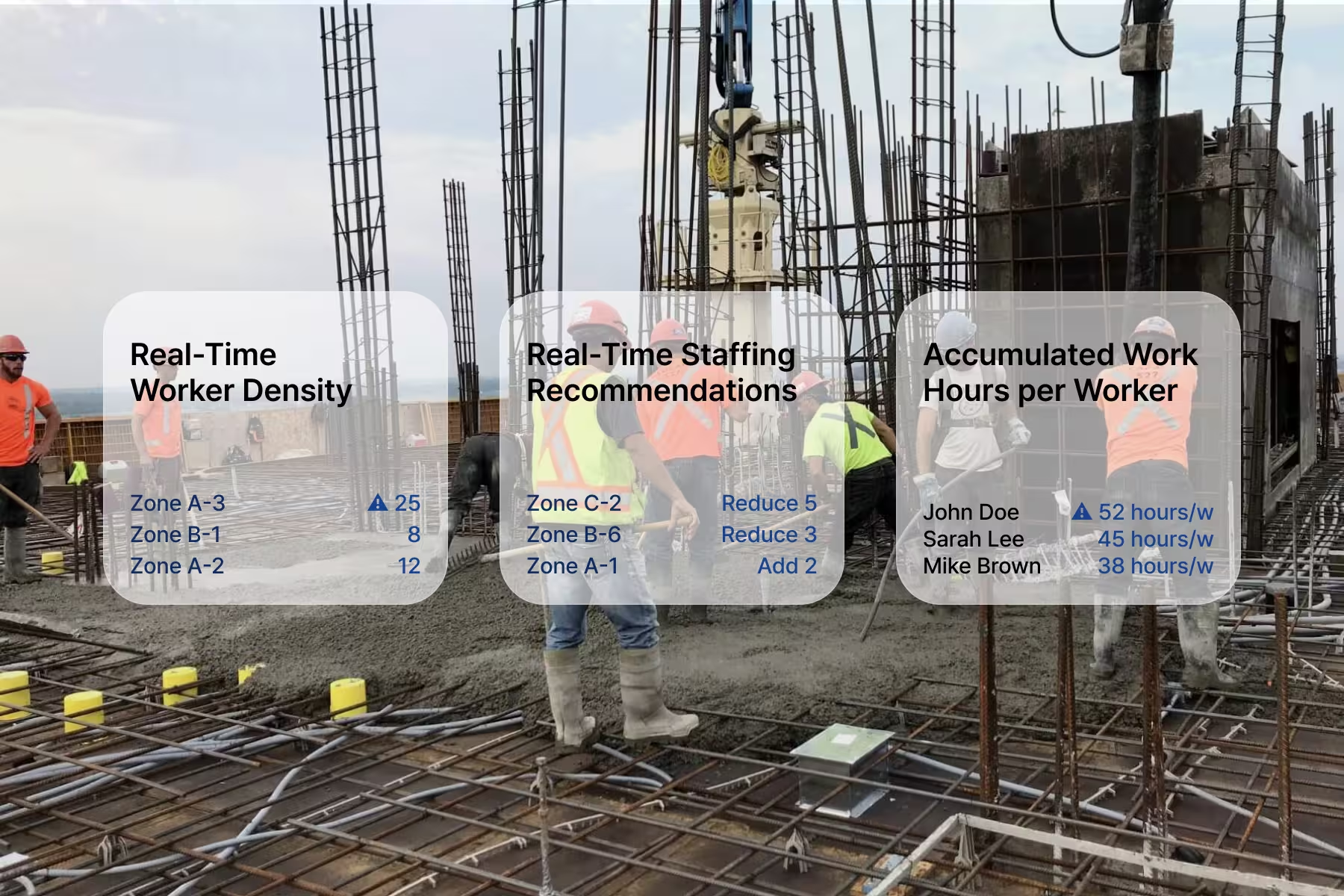도입이 처음이신가요?
ORBRO 전문가가 직접 상황을 분석하고
최적의 솔루션을 제안해드립니다.
Optimize construction site safety management with real-time location data.
Accurately track the real-time location of site workers to identify risks in advance and respond quickly, enhancing both safety and operational efficiency.


















































































Monitor workers’ locations in real time to minimize accident risks.
Real-Time Worker Location Tracking
Precisely monitor workers’ current positions within ±50cm in real time, instantly detecting potential hazards on site. This enables immediate response and preventative measures.
Automatic Alerts for Restricted Area Entry
When a worker approaches or enters a designated danger zone, managers receive instant alerts. This ensures worker safety and helps prevent potential accidents.
Simultaneous Heavy Equipment Location Monitoring
Attach tracking tags to heavy equipment to centrally manage equipment movement routes and current locations along with workers. This reduces collision risks and improves equipment operation efficiency.
Worker Route Recording and Accident Prevention
Record workers’ movement paths to quickly respond in the event of an incident. Analyze risky routes in advance to support safety management plans.
Record safety with data and start more efficient site operations.
Safety Monitoring with CCTV Integration
Link real-time worker location data with site CCTV footage to immediately visualize on-site conditions. In case of emergencies, instantly check workers’ positions and surroundings via CCTV for faster and more accurate response.

Automated Safety Report Generation
Daily or weekly safety reports are automatically generated and provided to managers. Accident records and prevention measures are systematically organized for efficient safety management.

Hazard Incident Data Analysis
Analyze past hazard incidents and worker movement data to clearly identify high-risk areas and conditions. Use this data to improve future safety management plans.

Support for Optimized Workforce Deployment
Analyze worker density and movement data to optimize workforce allocation on site. Efficient workforce management helps reduce operational costs.

Key Feature Summary

Track workers’ positions in real time with ±50cm accuracy.

Send instant alerts to managers when workers enter dangerous areas.

Monitor heavy equipment and worker locations simultaneously to prevent collisions.

Automatically record worker movement paths for hazard prevention and quick response.

Link worker locations with CCTV footage to visualize site conditions in real time.

Automatically analyze safety status and accident data to generate reports.

Monitor worker density in real time and alert when limits are exceeded.

Analyze worker density to deploy staff efficiently.

Analyze past hazard data to develop accident prevention plans.

Use worker location and route data as audit and regulatory compliance records.






